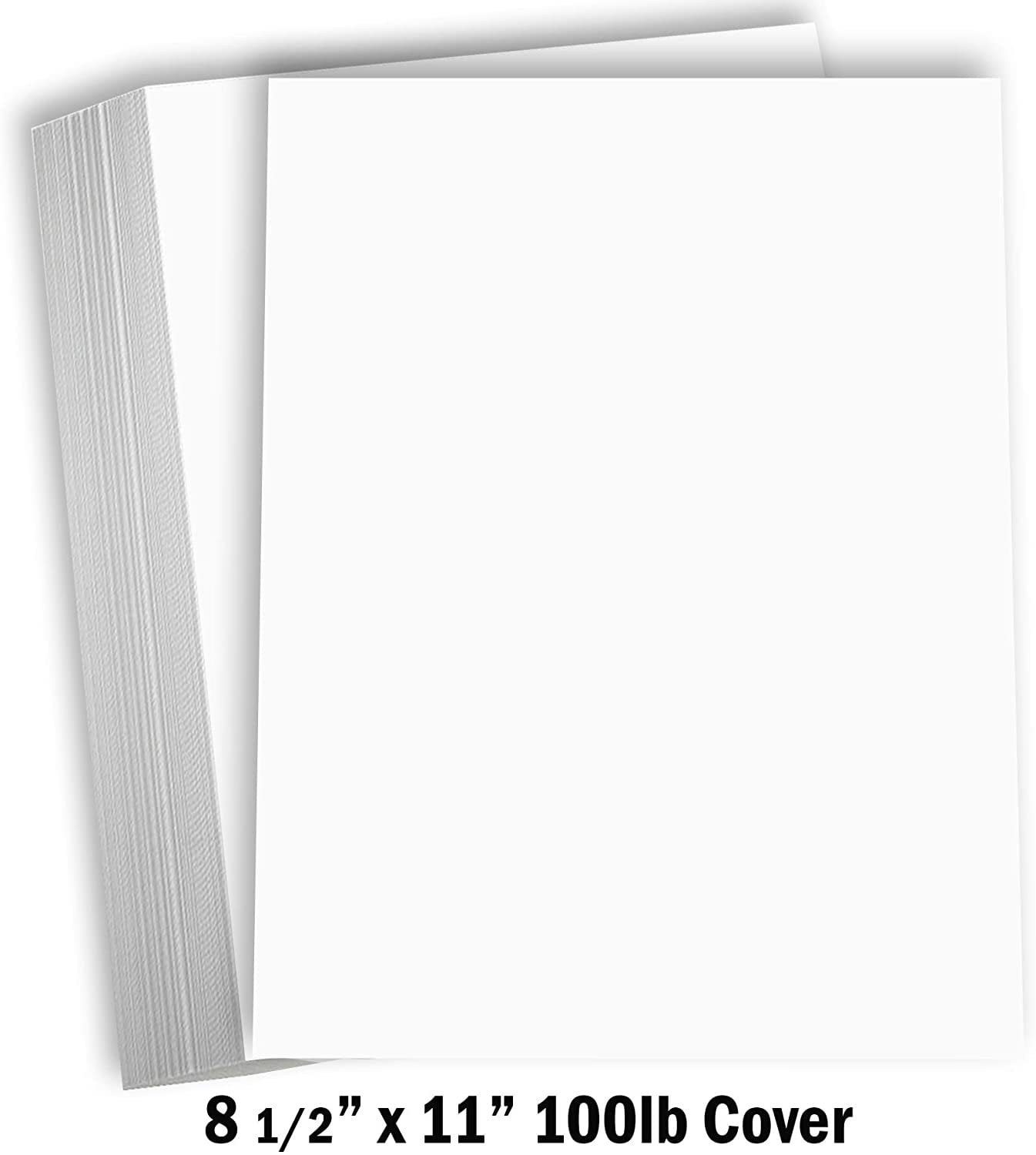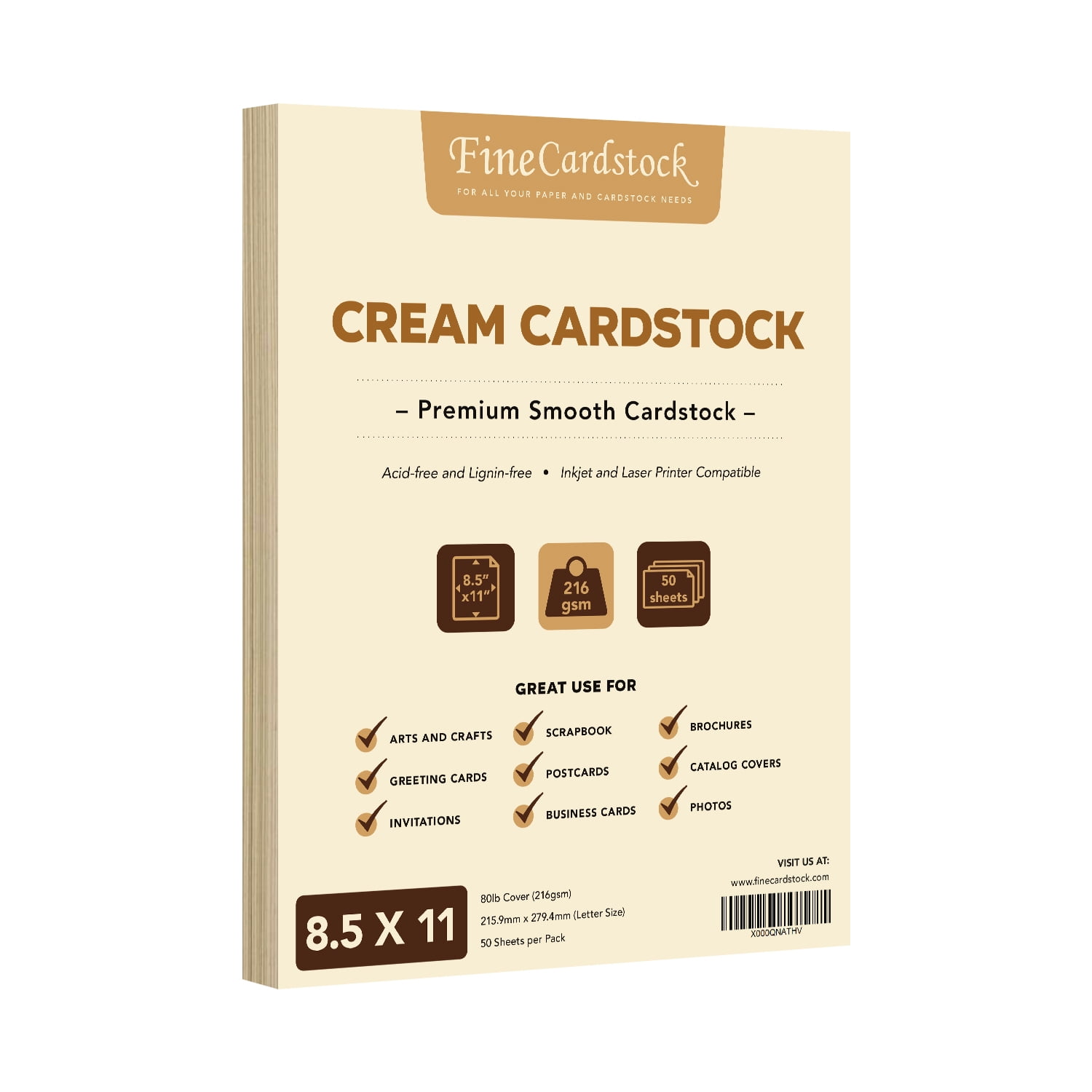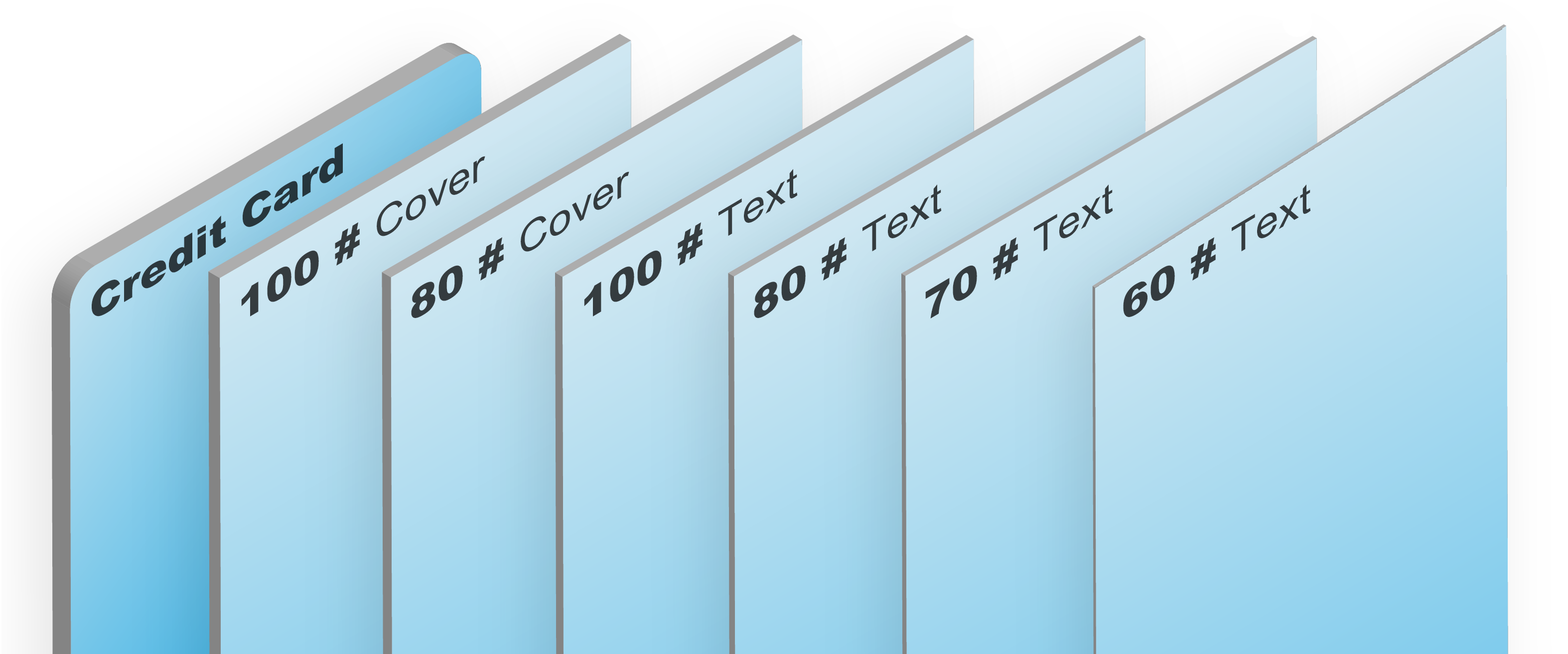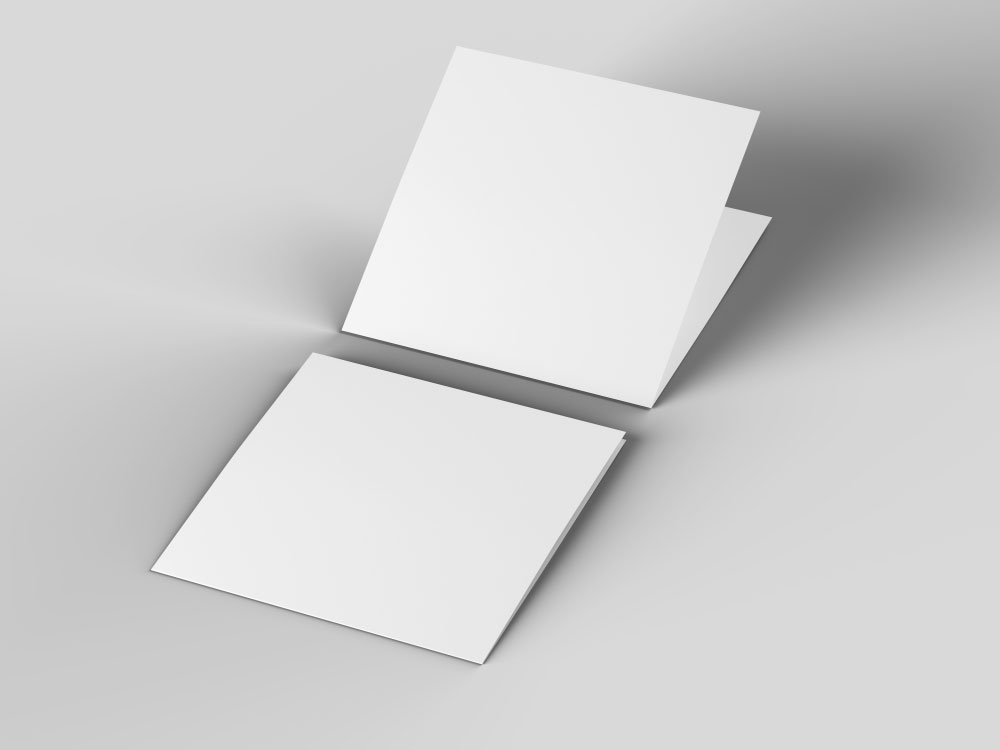Thick Paper For Brochure
Thick Paper For Brochure - Choosing the best paper for printing brochures depends on your specific needs, including the brochure's purpose, desired aesthetics, and budget. This paper is similar to the type of paper you would find in a book. When you're creating an online marketing campaign, there's so. Or ) as a way of identifying paper thickness. Paper stock and card stock. The most popular and useful paper sizes for brochures are 8.5 inches by 11 inches, 8.5 inches by 14 inches, and 11 inches by 17 inches. Thicker, this type of paper is heavier and more durable. You will want something durable and premium. Moreover, if you’re going to write on your. Common finishes include glossy, matte, and satin, each offering a distinct look and feel. Follow this guide to learn the best practices for picking out the best paper for your brochure. A luxury hotel brochure may require thick, glossy paper, while an educational handout can use lighter, matte paper. You'll learn everything you need to know. If you’re wondering about the best type of paper for brochures, the easy answer is that most brochures will look and feel good when they’re printed on 100 lb silk text. Dive into our comprehensive guide, exploring paper types, finishes, and weights. The lightest and most cost effective paper weight for brochures is 70 lb text. Therefore, it can be flimsy and easier to rip. The weight of the paper is typically determined by the total weight of nearly 500 sheets of any paper size in. It’s measured in grams per square meter (gsm). There’s also functional aspects to consider, as thicker paper enhances durability and increases design options, like dark inks. Common finishes include glossy, matte, and satin, each offering a distinct look and feel. The bigger the paper, the better the quality and feel. You will want something durable and premium. The bigger the value, the thicker the paper. Paper stock and card stock. If you’re wondering about the best type of paper for brochures, the easy answer is that most brochures will look and feel good when they’re printed on 100 lb silk text. Moreover, if you’re going to write on your. Thicker, this type of paper is heavier and more durable. This is rarely used in print brochures and is the general. Choose durable paper if the brochure will be handled frequently. To choose the best type of paper for printing your project, consider factors like finish, thickness and cardstock paper weight. Use uncoated paper so it’s easy to write on. Paper weight is measured in grams per square metre (gsm). Similar to cardboard, this type of paper is the thickest but. This is rarely used in print brochures and is the general weight of standard office paper. In general, the higher the gsm rating, the heavier and thicker the paper will be. Or #) as a way of identifying paper thickness. By carefully choosing the appropriate stock, you can ensure your brochure reflects the quality and professionalism of your brand. To. Check out this article on how to choose the best paper for brochures. In this post, we will differentiate paper by types, thickness, weight, bond, and application. Everything you need to know to choose paper for your printed brochure. Therefore, it can be flimsy and easier to rip. Discover the art of choosing the perfect paper for brochure printing! Learn which paper weight to choose and whether a gloss, matte or uncoated paper is the best choice for you. Use this quick guide to compare paper weights and thickness. Paper stock is thinner than card stocks and uses pound (lb. Our paper weight chart will help you to compare different paper thickness and find the right one for your. There are two main types of paper weight for brochures: Use uncoated paper so it’s easy to write on. The most popular and useful paper sizes for brochures are 8.5 inches by 11 inches, 8.5 inches by 14 inches, and 11 inches by 17 inches. Ideal for company brochures and detailed catalogues. This is rarely used in print brochures and. Flimsy paper doesn't seem professional, but you don't want to go too thick either. Selecting the right paper thickness and type for your brochure is essential for creating a lasting impression. Use this quick guide to compare paper weights and thickness. However, if you want to make a thick brochure with more than two folds, the 70 lb text is. The bigger the paper, the better the quality and feel. To choose the best type of paper for printing your project, consider factors like finish, thickness and cardstock paper weight. Everything you need to know to choose paper for your printed brochure. Choose durable paper if the brochure will be handled frequently. The thickness of the paper is known as. If you’re wondering about the best type of paper for brochures, the easy answer is that most brochures will look and feel good when they’re printed on 100 lb silk text. Ideal for company brochures and detailed catalogues. It’s measured in grams per square meter (gsm). Before selecting a paper type, consider the purpose of your print. Or #) as. The best type of paper for brochures is typically 100 lb silk text, as it offers a light feel, proper readability, and optimal picture quality. A luxury hotel brochure may require thick, glossy paper, while an educational handout can use lighter, matte paper. In general, the higher the gsm rating, the heavier and thicker the paper will be. In this post, we will differentiate paper by types, thickness, weight, bond, and application. The thickness of the paper is known as paper density. Learn which paper weight to choose and whether a gloss, matte or uncoated paper is the best choice for you. Ideal for company brochures and detailed catalogues. Discover the art of choosing the perfect paper for brochure printing! Common finishes include glossy, matte, and satin, each offering a distinct look and feel. Choosing the best paper for printing brochures depends on your specific needs, including the brochure's purpose, desired aesthetics, and budget. It’s measured in grams per square meter (gsm). You'll learn everything you need to know. The most popular and useful paper sizes for brochures are 8.5 inches by 11 inches, 8.5 inches by 14 inches, and 11 inches by 17 inches. Popular sizes for brochures include 8.5 inches by 11 inches, 8.5 inches by 14 inches, and 11 inches by 17 inches. Paper stock is thinner than card stocks and uses pound (lb. Everything you need to know to choose paper for your printed brochure.[50100 sheets/ Pk] MATT White 100gsm (Paperone)/ 160gsm/ 190gsm
Custom A4 Brochures Folded Flyers 6PP Full Color Thick Paper Printing
Hamilco White Cardstock Thick Paper 8 1/2 x 11" Blank Heavy Weight
Office Depot Professional Brochure And Flyer Paper, Glossy
Buy PPD 50 Sheets A4 Inkjet Brochure Flyer Paper 140gsm Double Sided
Cream Cardstock Thick Paper 100 Sheets, Ohuhu 8.5" x 11" Heavyweight 80
Cream Thick Paper Cardstock for Brochure, Invitations, Stationary
Custom Brochure Printing PrintingCenterUSA
White Thick Paper Cardstock for Brochure, Invitations, Stationary
What Type of Brochure Paper Should I Use? CMYK PH
There Are Two Main Types Of Paper Weight For Brochures:
For Example, If You Want To Know How.
Factors To Consider When Choosing Brochure Paper.
If You’re Wondering About The Best Type Of Paper For Brochures, The Easy Answer Is That Most Brochures Will Look And Feel Good When They’re Printed On 100 Lb Silk Text.
Related Post:
![[50100 sheets/ Pk] MATT White 100gsm (Paperone)/ 160gsm/ 190gsm](https://img.lazcdn.com/g/p/d1cce632dd96848f674ee36b3544d01a.jpg_720x720q80.jpg)








